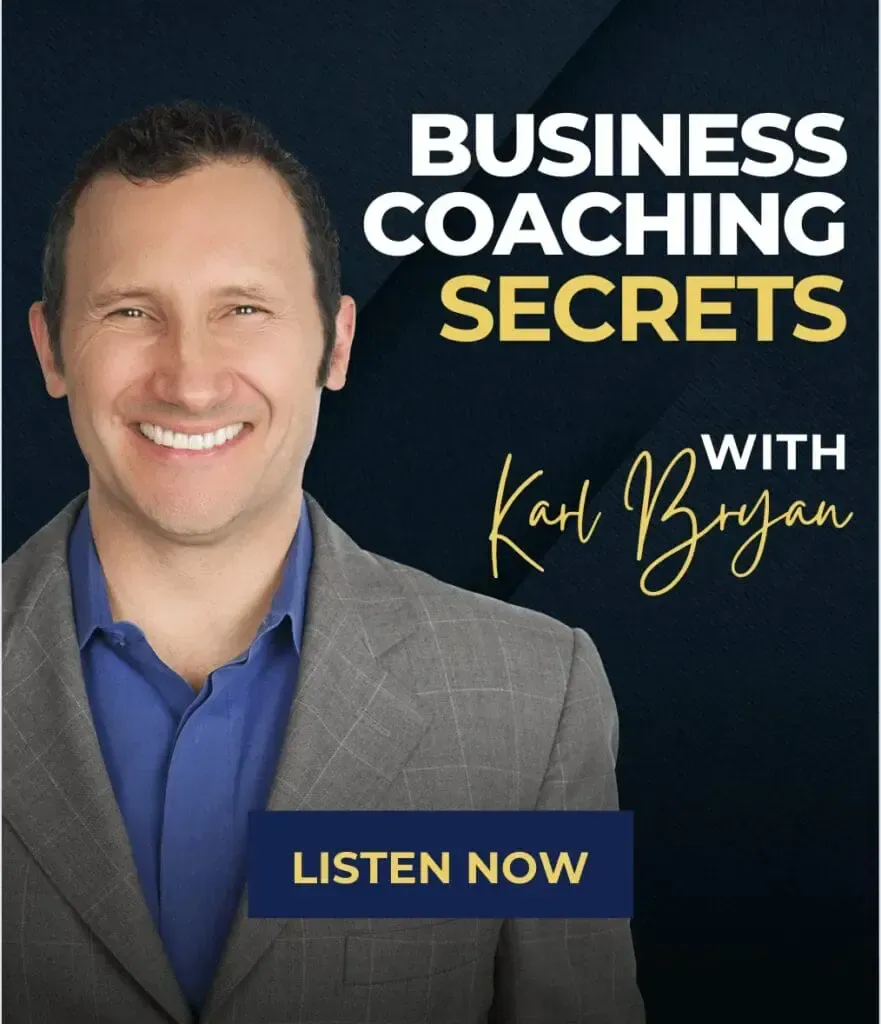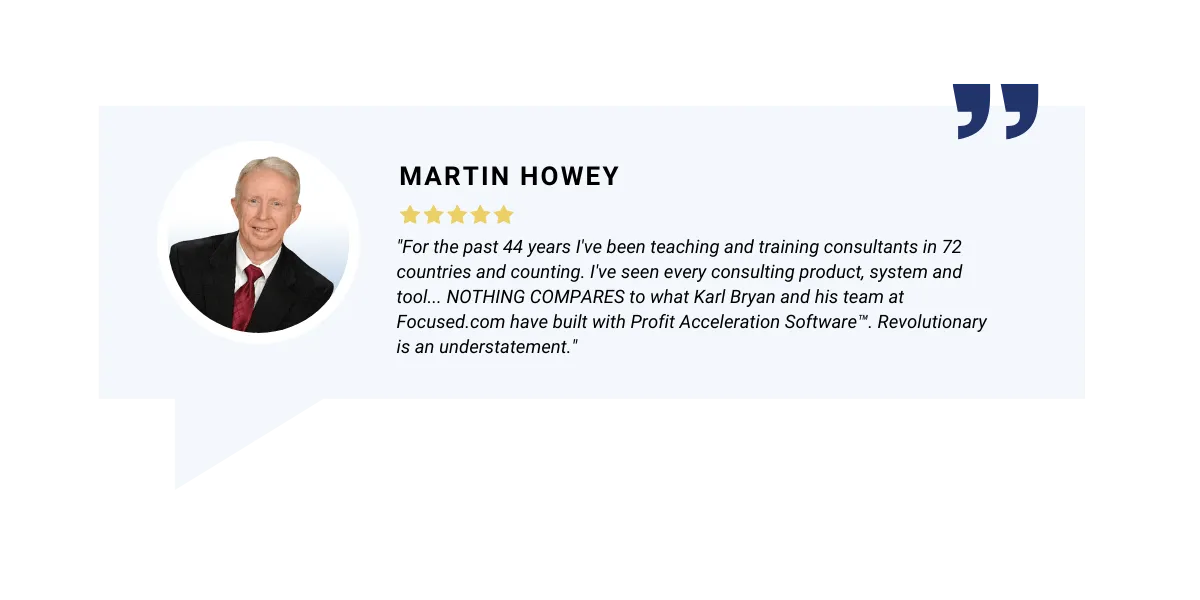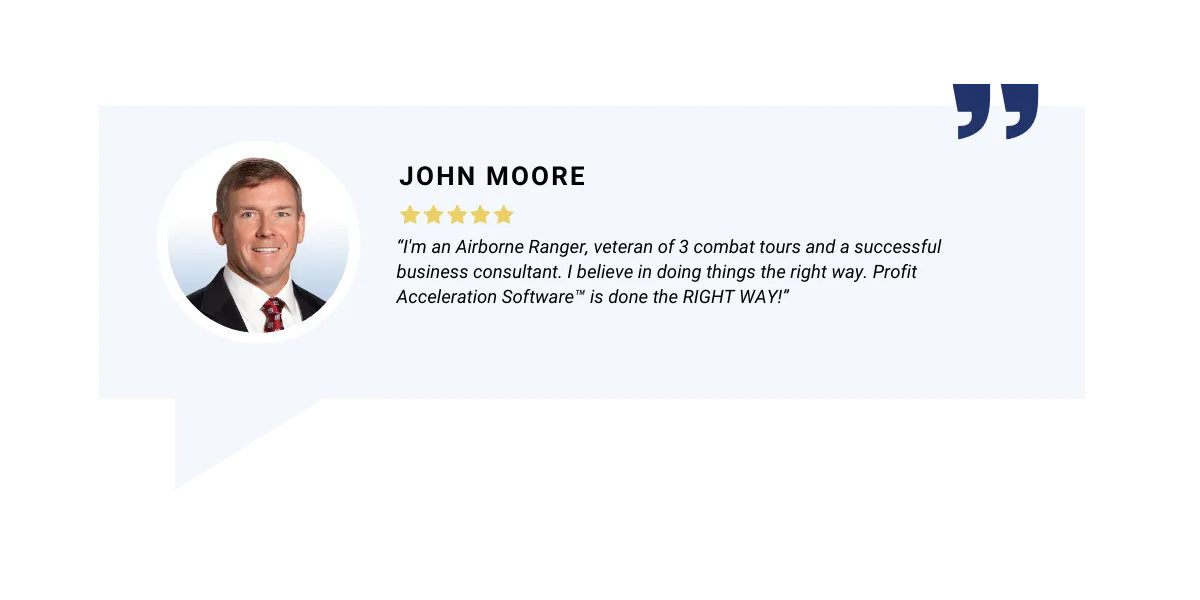
Why Consultations Fall Flat—And How to Turn Them Into Conversions
You finish the call.
You feel like it went well.
The prospect says, “This sounds great—I just need to think about it.”
And then… crickets.
Sound familiar?
Most coaches struggle to turn consultations into clients—not because they’re bad at what they do, but because their consultations don’t create clarity, confidence, or commitment.
Let’s break down why those calls fall flat—and how you can structure yours to convert more clients (without sounding like a pushy salesperson).
Why Good Consultations Still Don’t Close
Just because a consultation feels friendly or informative doesn’t mean it’s effective.
Here’s where most calls go sideways:
The coach talks too much about their process and not enough about the prospect’s outcomes
The conversation stays surface-level—goals are discussed, but pain points aren’t explored
There’s no clear next step, just a vague “follow-up” plan
The prospect leaves the call feeling like, “That was interesting,” instead of, “This is exactly what I need.”
Step 1: Shift From Process to Outcome
Most coaches naturally talk about their methodology.
“We’ll start with mindset, then work on marketing, and eventually we’ll get to your systems.”
But clients don’t buy methodology. They buy results.
They want to know:
“Will this make my business more profitable?”
“Will I stop feeling stuck?”
“Will I finally get the clarity I’ve been looking for?”
Instead of describing how you’ll help, show what will change.
Step 2: Ask Better Questions
Want to shift the conversation from “I’ll think about it” to “Let’s do this”? Ask questions that uncover urgency and value.
Try:
“What is this problem costing you each month?”
“What happens if nothing changes in the next six months?”
“What would it mean for you to fix this now, instead of waiting another year?”
These aren’t just strategic—they’re emotional. And buying decisions are made emotionally, then justified logically.
Step 3: Lead With a Clear Structure
Don’t just wing it. Create a 3-part structure for your consultations:
Discovery – Learn about their goals, challenges, and what they’ve tried
Diagnosis – Help them understand the real problem (it’s usually not what they think)
Direction – Show them a high-level plan and ask if they’d like your help implementing it
This positions you as a leader—not a vendor.
Step 4: End With the Right Next Step
The most powerful close doesn’t require pressure or clever wordplay.
It’s a simple question:
“Would you like help implementing this?”
That one line reframes the conversation. You’re not pitching a program—you’re offering support. And when you’ve built trust during the conversation, that offer is exactly what they want to hear.
We’ll go deeper into that magic question in the next post.
Why This Works
A well-structured consultation:
Builds trust and rapport
Identifies specific, costly problems
Frames you as the guide with a solution
Ends with a clear, low-pressure invitation to move forward
It turns a “maybe someday” into a “when can we start?”
Final Thoughts
Consultations aren’t about impressing prospects—they’re about empowering them.
When you focus less on selling yourself and more on helping them see the problem clearly, the close happens naturally.
Want a tool that can guide the entire conversation and back it up with data? We’ve got one for that—and we’ll break it down in the next post.
Need help turning your consultations into conversions? Book a strategy call and see how the top coaches are guiding smarter sales conversations—with structure, clarity, and confidence.






